- Home
- slideshows
- miscellaneous
- 3 science-backed skin-care tricks for a more glowing complexion in one month
3 science-backed skin-care tricks for a more glowing complexion in one month
First, use alpha hydroxy acids to exfoliate, make your skin feel softer, and minimize wrinkles.

To try a peel out at home, choose a pad that includes an alpha hydroxy acid. Some of the most common ingredients to look for include glycolic acid, lactic acid, and citric acid.
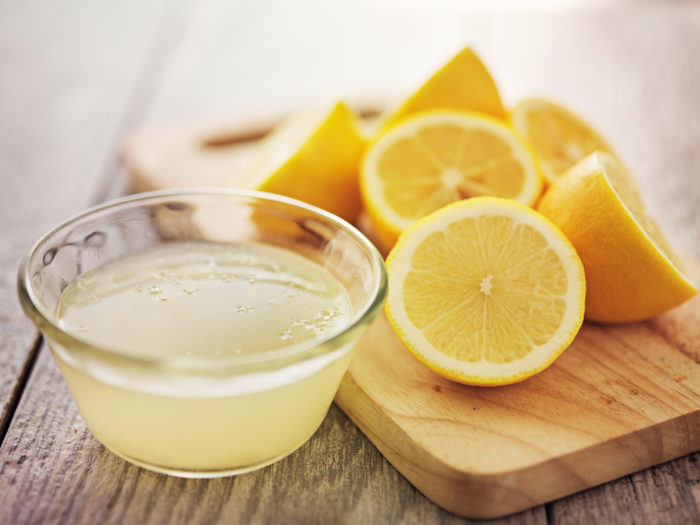
Dermatologists like Suozzi often perform alpha hydroxy acid peels in the office, but she said you can use an alpha hydroxy acid peel pad at home once a week. Many of the products will say something like "at-home peel treatment" or "facial peel pads," but look for one that includes some kind of alpha hydroxy acid. Most work like a facial cleanser pad and tingle a bit when you rub them on your face.
Suozzi recommends that you start slowly to see how your skin reacts to this treatment. And be careful if you go out in the sun afterwards, because the new skin will be especially sensitive.
Then depending on your tolerance, you can increase the frequency of your peels to two or three times a week.
The second tip might sound obvious: remember to moisturize.
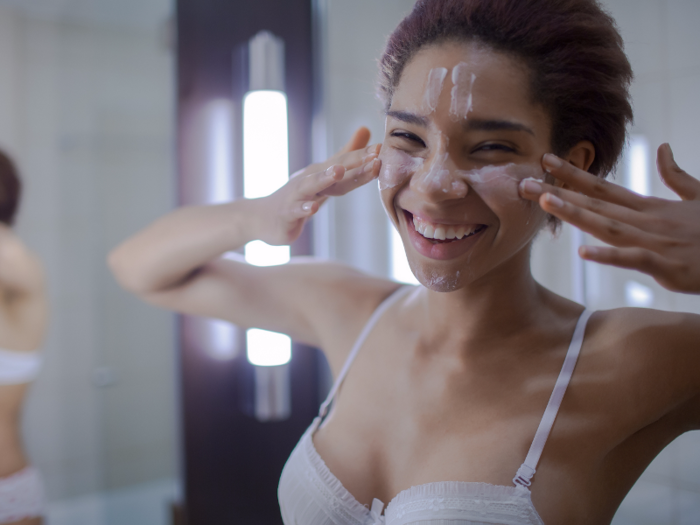
Suozzi said this skin problem comes up again and again.
"Moisturized skin appears plumper and healthier than dry skin," she said, adding, "you don't have to spend a lot of money on these expensive night creams."
Suozzi said that although people often comment how much better their skin looks after a facial, a lot of that improvement is simply because their skin has been adequately moisturized.
When selecting a moisturizer, look for a product with hyaluronic acid.

Hyaluronic acid is a natural component we have in the dermis of our skin, and it retains water.
"Moisturizers that have hyaluronic acid aren't replacing the hyaluronic acid that's naturally within your skin," Suozzi said. "But hyaluronic acid in itself is excellent moisturizer, and it's great because most skins can tolerate it."
Products with hyaluronic acid come in less greasy gels for more acne-prone faces, and thicker creams for more mature skin, too.
"If you're acne-prone, you're not always able to take the thicker moisturization of a cream, and maybe you're better off with a lotion, which is thinner," Suozzi said.
The third recommendation for making your skin look better in a month is to seek out antioxidants.
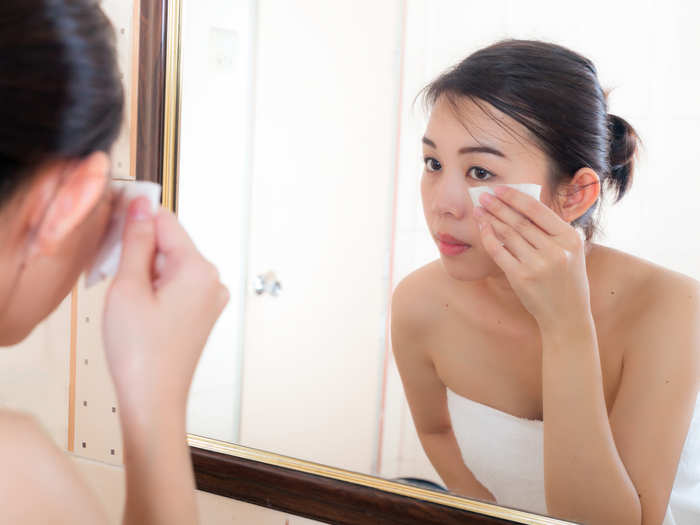
Antioxidants are specific vitamins and minerals (like vitamins C and E) and other substances like beta carotene that are common in some fruits and vegetables.
Antioxidants can protect our cells against oxidative damage from UV rays and pollution and even out some pigment issues, which can make your skin look younger and less spotty.
For people looking to make darker patches (like sun or age spots) less visible, Suozzi said antioxidants could help.
"They also act as lighteners, so they can help lighten pigment issues that makes skin look older and sun damaged," she said.
Suozzi said one of the best ways to use antioxidants is in a serum.
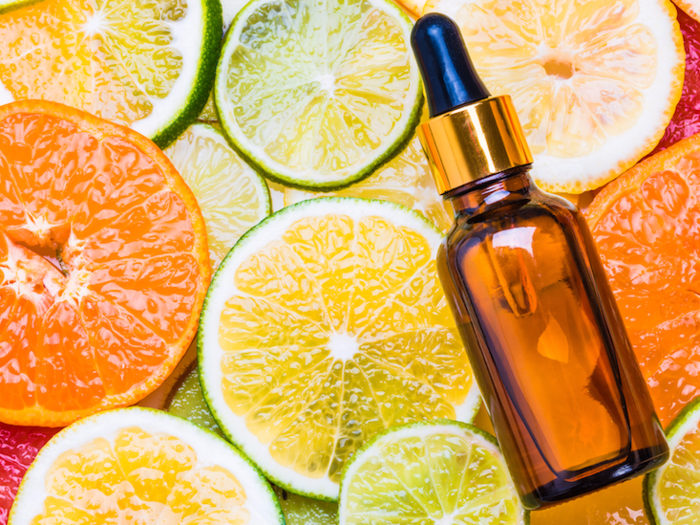
Serums are designed to be applied to your face before moisturizer and can be added to both your morning and night routine (though if you're only going to do it once a day, dermatologists recommend night time).
Look for one that includes vitamin C, vitamin E, or other antioxidant-rich ingredients like green tea or pomegranate.
However, don't let all these fruity ingredients trick you into thinking you can eat your way into better skin. While it's great to incorporate more nutrient-rich, fiber-filled fruits and vegetables in your diet, eating them won't do as much for your skin as just putting something on it. Instead of a fruit detox plan for your skin, just get something at the pharmacy or beauty supply store.
But remember that everyone's skin is different.
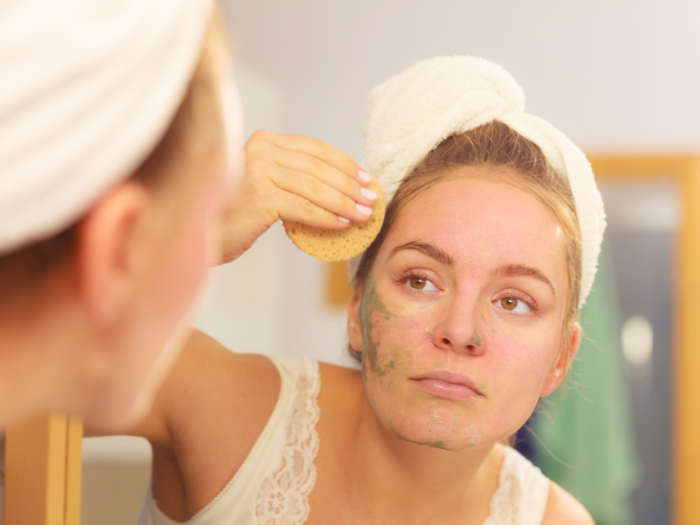
"There's not going to be one magic thing that's perfect for every person," Suozzi said.
So be patient with your skin, and don't continue beauty regimens that irritate it. Remember, you're in this together.
Popular Right Now
Popular Keywords
Advertisement